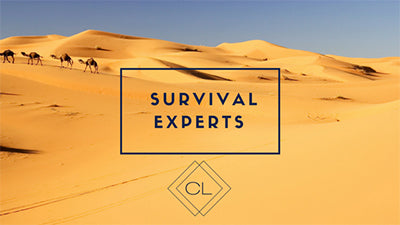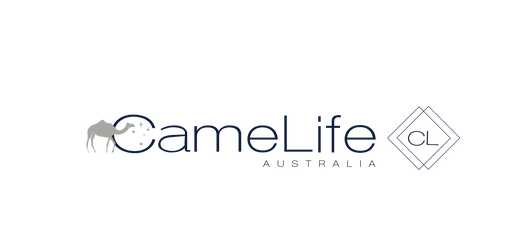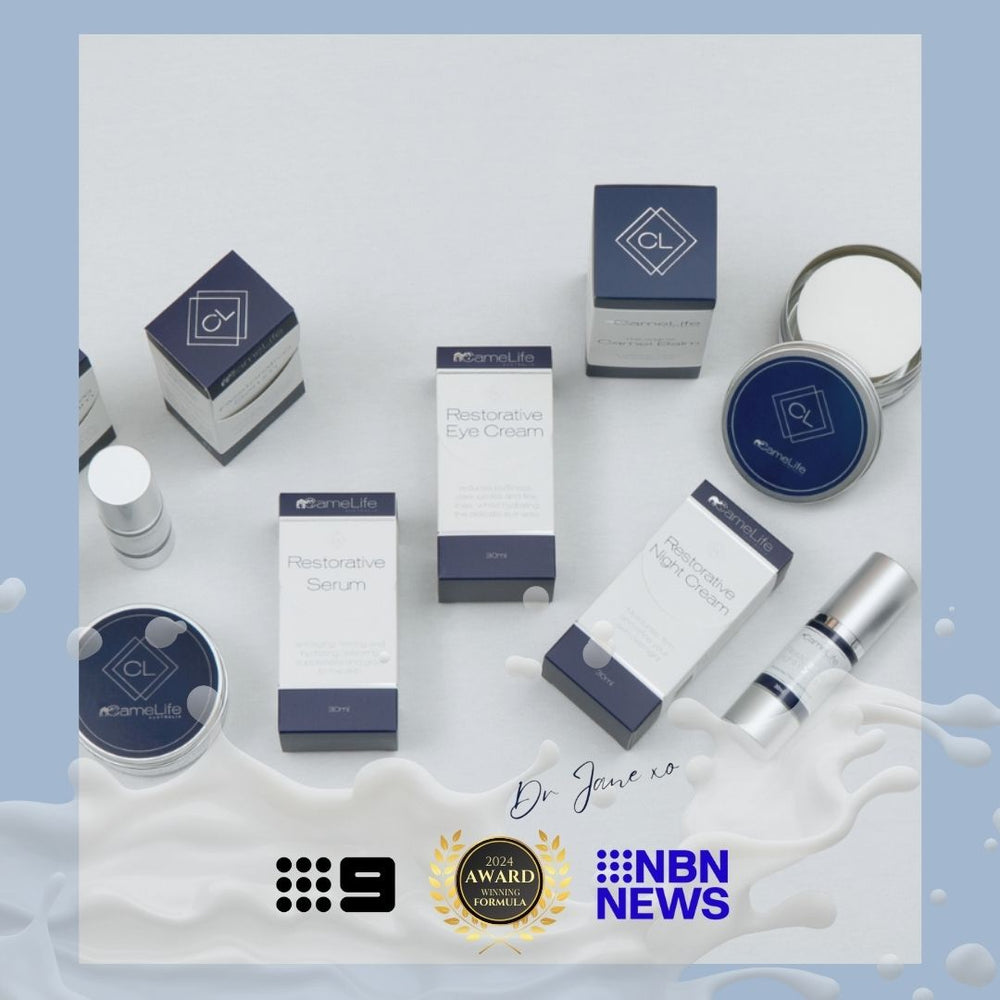One Hump or Two?

When is a Camel not a Camel?
Does a camel have one hump or two? Which one is a dromedary? The answer is neither. They are both camelids, a family which holds seven surviving camelid species.
Dromedary

Australian Feral Dromedary Camel
Australia’s camels are desert camels, or dromedaries and have one hump. Perfectly adapted for living in hot, dry desert conditions, it is these camels that produce the magic milk that CameLife uses in our products.
Dromedaries are entirely domesticated for well over 2000 years, but Australia uniquely has a large feral population which has been genetically isolated for over a century.
Bactrian
The two hump camel is correctly called the Bactrian and is adapted to living in much colder climates like the high steppes of Mongolia. Adult bactrians are larger than dromedaries and have a luxuriant coat. Their milk has a higher fat content. Like dromedaries, bactrian camels are entirely domesticated.
 Bactrian camel in the steppes of Mongolia.
Bactrian camel in the steppes of Mongolia.There is a separate endangered and entirely wild species known as the Wild Bactrian found in remote Northern China, uniquely adapted to drink water more saline than seawater.
New World Camelids – No Humps!

The other camelids are more surprising; South America’s llamas and alpacas. They are milked, but not on a commercial scale. Both Llamas and Alpacas are farmed for their wool. The Llama is a domesticated Guanaco and the Alpaca a domesticated Vicuña.





Leave a comment